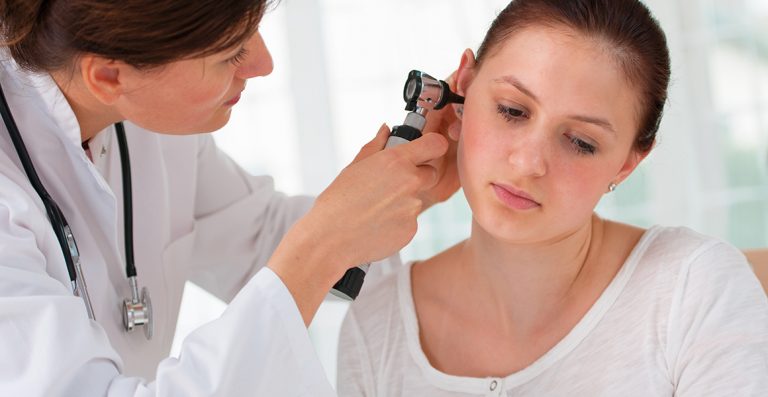
Our fully qualified and experienced team of hearing professionals perform comprehensive hearing test allowing our patients to have a pleasant and informative experience. The variety of possible tests that a hearing aid audiologist can perform is very comprehensive. We are a national hearing care provider and specialise in domiciliary hearing service in patients own home or in one of our many clinic centres close to you. Our home hearing test service is just as comprehensive as having a hearing test in one of our hearing centres as our hearing experts have the latest portable diagnostic equipment.
The general structure of the initial consultation will normally follow the basic structure detailed below.
Get to know your hearing story – Case History
The hearing aid audiologist will start by asking lots of questions about your hearing, your health and other associated topics. It is important that the patient is open and honest as there may be important factors that need consideration
Check the health of the ears – Otoscopy
The hearing aid audiologist will perform a thorough examination of the ear (pinna), ear canal ( external auditory meatus) and ear drum (tympanic membrane). They will use a hand-held otoscope which is essentially a small torch with magnification that can see into the ear canal. Some audiologists may use a video otoscope which can display the image on a computer. This can be a fascinating experience as most people never get the chance to see inside their own ears. The audiologist is looking for any abnormalities or tell-tale signs that can indicate possible problems.
Measure your hearing – Pure tone audiometry (air conduction)
The patient will be instructed press a button when they hear a sound. Headphones will be placed on the patients ears and a variety of different pitched sounds will be played to them at different levels. The main purpose of this test is to establish the quietest sound a person can hear in each ear. This is known as their threshold of hearing.
Bone conduction audiometry
This is a similar test to the air conduction test above however, the headphones consist of a headband that has a vibrating pad on one side and nothing on the other. This vibrating pad is placed against the bone behind the ear (mastoid) and the sound travels directly through the skull and into the inner ear (cochlea). The purpose of this test is to ascertain the location and nature of the hearing loss. If the hearing loss is a result of problems with just the outer or middle ear then the bone conduction test results may show a normal or “zero” reading whereas the air conduction test would show a hearing loss.
